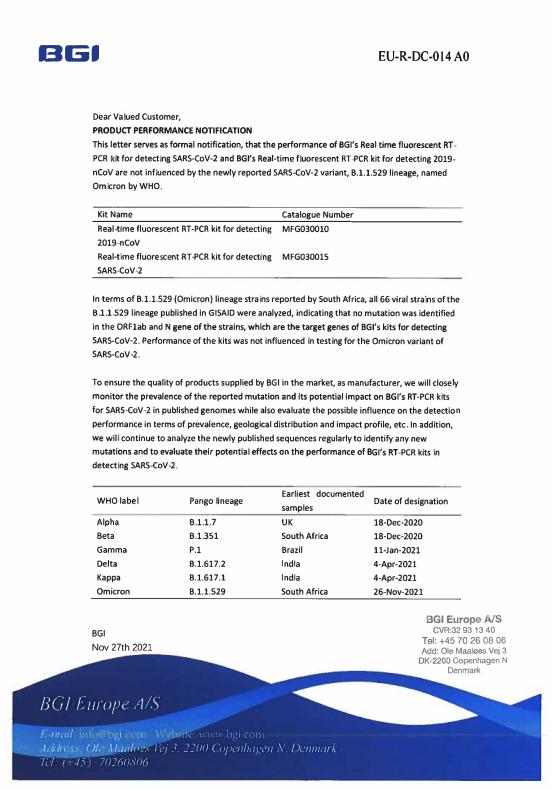Only one of Australia’s 23 approved at-home rapid antigen tests explicitly states it will detect Omicron, as the Therapeutic Goods Administration carries out a review of all tests to check how they work with different variants of Covid-19.
Most of the product disclosures for tests list their ability to detect Delta and other variants, but not Omicron. However, manufacturers are providing evidence to the TGA of their tests’ effectiveness as it comes to hand.
The United States Food and Drug Administration has warned that “early data suggests that antigen tests do detect the Omicron variant but may have reduced sensitivity”.
The TGA has announced that variants caused by virus mutations could mean “test kits may no longer be able to detect the virus, leading to false negative results”.
It has commissioned the Peter Doherty Institute to verify manufacturers’ claims about how good their tests are at detecting both the Delta and Omicron variants. It is also publishing a regularly updated list of those manufacturers who have provided evidence about their tests’ performance on its website.
A spokesperson said self-tests and point-of-care tests were being reviewed “to ensure that they perform at the level of sensitivity and detection rates they claim and to assess their ability to detect emerging variants”.
Manufacturers must provide ongoing study data, the spokesperson said.

“The TGA and the Doherty Institute are working as quickly as possible to undertake the testing to ensure the TGA can provide the most up to date information about the test kits’ performance.”
Dr Ashwin Swaminathan, an infectious diseases physician and senior lecturer at the Australian National University, said the performance of the tests with different variants was “a moving feast”.
“[The TGA] are doing it in real time, releasing results as they go along,” he said. “It’s the role of the TGA to make it clear what a test can and can’t do.
“In the context of governments buying up all these tests and distributing them to schools and workplaces and vulnerable people in society, where it’s a major part of our strategy going forward, we really need to know what the tests can do.”
There have been ongoing supply shortages of the rapid antigen tests amid bickering over whether government demand has diverted supply from pharmacists.
Dean Whiting, the chief executive of Pathology Technology Australia, said high-quality products identify the presence of the “nuclear capsid protein”. This is a “highly conserved” part of the virus which is much less likely to mutate, unlike the spike protein.
It is the spike protein that has mutated to form new variants, and Omicron has many mutations, allowing it to dodge vaccine antibodies and making the booster jabs necessary.
“All the manufacturers I know target the nuclear capsid protein,” Whiting said. PTA represents 70% of rapid antigen test suppliers.
“All the good manufacturers have gone back and tested against Omicron to determine what effectiveness they have.”
But he said that it can take months for tests to make it all the way down the supply chains into people’s hands, so changes made at the manufacturing level in terms of their instructions wouldn’t always keep up.
“It’s always a good idea to look for brands you know and trust, because these are global brands that won’t risk their reputation on poor quality products,” he said.
Swaminathan said rapid antigen tests should be used in conjunction with other information about a person’s infection risk.
“It’s a really good diagnostic tool if it’s used in the right way in conjunction with common sense and other background information to prevent transmission and infection,” he said.
“If we don’t use it in that context it could add to disruption.”
For example, he said, if someone with Covid-like symptoms who had been exposed to an infected person and who had not been fully vaccinated returned a positive RAT, that would just confirm the diagnosis. But someone who had a very low risk of infection who got a positive test might have a false positive.
In other situations people should understand that there were false negatives so they needed to retest or take a PCR test.
With millions of tests being distributed, even a small proportion of wrong results would be significant, Swaminathan said. He has detailed in The Conversation ways to check how accurate your RAT result is.
Guardian Australia has contacted the TGA for comment.









